Hollywood posture guru Vinh Pham sets you straight on bad habits
When A-listers get a bad back, Vinh Pham is on call. He explains how we can all future-proof our bodies against chronic pain by moving in a better way.

He’s the go-to posture guru for Hollywood celebrities and the sporting elite. If you’re an A-lister with a bad back, muscle pain or joint problems, the LA-based physical therapist Vinh Pham is the man for you.
He counts Jennifer Lawrence, Tobey Maguire, Michael B Jordan and Sophie Turner among his clients, as well as Olympic athletes and ballet dancers.
And he believes he can help all of us to future-proof our bodies against chronic problems by teaching us how to move in a better way.

According to Pham, our bodies were not designed for how we live in the 21st century. The range and variety of movement in modern daily life is very limited. Ultimately, he says, this will lead to discomfort. His clients turn up at his West Hollywood clinic with symptoms of lower back pain, neck stiffness and shoulder tension.
“Our bodies bear the weight of bad habits – and chronic repetitive movement, or lack of it, is the most common reason for back, neck and joint problems,” he says.
His celebrity clients are as prone to posture-related niggles as the rest of us.
“You might sit at a desk all day, but they sit in a make-up chair or on a tour bus, which will wreck the body in just the same way,” Pham says.
“We all get stuck in postures and positions that we are used to, and unless you challenge your body with movement variety nobody is immune.”
Over time we are all guilty of limiting our movement to the same old positions. We lie on the same side in bed, perhaps, or we walk with the same stooped posture.
“We all assume that sitting for too long with poor posture is the worst news for our bodies,” Pham says.
“But it’s also the fact that we walk, sleep, stand and move in the same way every day that adds to accumulated damage.”
Always adopting the same positions places stress on the muscles of the back and neck as well as on the spine, and contributes to discomfort and ultimately to chronic pain.
“There’s a limit to how much the body and spine can handle in compromised, repetitive positions,” he says.
From a musculoskeletal standpoint, sitting – even slouching – is not inherently bad for you in small doses.
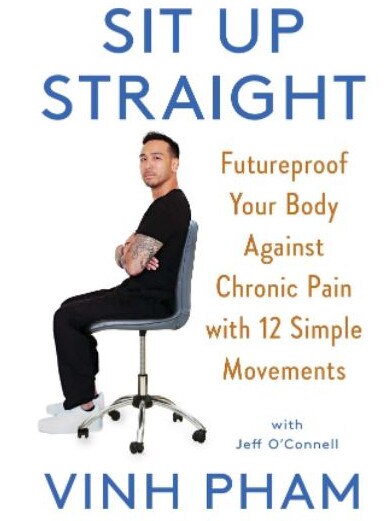
“There is no problem slouching a bit if you change position and move around,” Pham says.
In fact, there is no single sitting, standing or moving position that will prevent pain in isolation. Even what we think of as perfect postural alignment – maintaining the natural curves of the neck, middle back and lower back – is actually bad news if you strive to attain it all the time.
“I have worked with a lot of top ballet dancers who stand and sit bolt upright yet still have a lot of aches and pains,” Pham says. “I have had to teach them how to slouch in order to introduce different positions and movements for their bodies.”
In his new book, Pham, who is the founder of the high-end Myodetox clinic in LA (there are other branches in Canada, where he trained), which treats musculoskeletal pain, outlines the exercises that can help. Just a few simple movements can counteract the effects of adopting default positions that cause spine stiffness, neck pain, reduced arm and shoulder mobility and tight hips.
As a minimum, he says, we should avoid sitting in one position for more than 30 minutes. At least every hour we should stand to perform shoulder squeezes by pulling shoulders back and down towards the spine to offset hunching.
And in general we should try to walk as often as we can, change position as often as possible and bend down, swing our arms or stretch up whenever we get the opportunity.
“The more you move the more your posture will improve. The muscles around the pelvis and shoulders will relax and, as you feel your body begin to lengthen, the better you will breathe, digest, stand and sit.”
Here are his top tips for improving posture and beating pain:

Shorten your stride when you run
Any activity is great for improving back mobility and offsetting back pain. But Pham says running places a much greater load on the body than standing still or walking.
“As you run, your body is technically falling forwards with force and that increases the stress applied to your bones, tendons, muscles and ligaments with every stride you take,” he says. “If you have any underlying postural or biomechanical, problems, running will potentially make those matters worse.”
To reduce the pressure on your joints, he suggests shortening your stride.
“Taking smaller, quicker steps per minute has been shown to reduce injury risk in runners,” Pham says. “Aim for around 180 steps per minute (or three steps per second), regardless of running speed.”

Don’t sit bolt upright when driving
So many of us have bad habits when we drive, Pham says.
“We put one hand on top of the wheel and twist our upper body in the opposite direction as we check the mirror, which causes spinal misalignment,” he says.
“Even getting out of a car we favour one side or the other when we push up from the seat, which creates muscular imbalance over time.”
Simple adjustments can make a difference. “Don’t sit bolt upright with the seat at 90 degrees, but tilt it back a bit to about 110 degrees to reduce stress on the spine,” Pha m says.
“Have your hips slightly higher than your knees and check that your headrest is neither too high or too low for good support.”
Above all, take regular breaks on long drives, and stretch or move at least every hour.
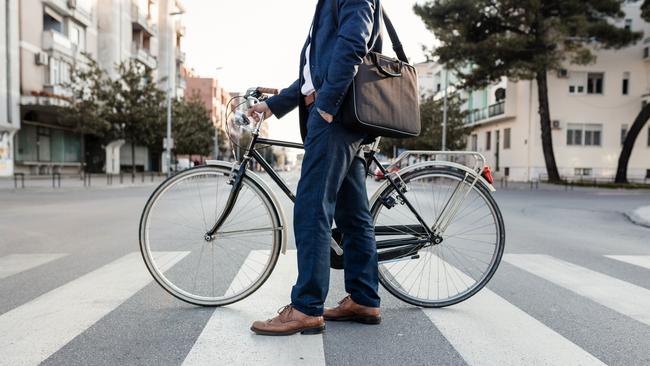
Don’t carry a shoulder bag
Do you carry a heavy bag on the same shoulder every day?
“An unbalanced load on one shoulder can force the body into making unnatural postural adjustments,” Pham says.
“Within a few weeks the muscles around the base of the neck, called the upper trapezius, can seize up, causing pain.”
Choosing a bag with a long strap that means it can be worn crossbody is an option. “With the strap over your right shoulder, the bag hangs on your left side so that pressure is at least more evenly distributed,” he says.
“Just make sure you sling the bag to the other side of the body every so often.”
A backpack is even better.
Men in particular need to work on glutes and hamstrings
After the age of 30, both men and women begin losing muscle mass every year, amounting to a loss of about 5 per cent per decade. For men in particular, who have greater muscle mass to start with, these losses are compounded by a downturn in the production of muscle-strengthening testosterone and growth hormone.
The combined effects result in declining strength, which leads to poor muscular support for the back. Pham says that back injuries in middle-aged men often result from tight or weak glutes and hamstrings that make movement difficult and force them to adopt awkward positions.
“Men need to pay particular attention not only to strengthening and moving their back muscles but the glutes and hamstrings which collectively play a role in spine health.” Exercises such as glute bridges, squats and walking lunges are all great.
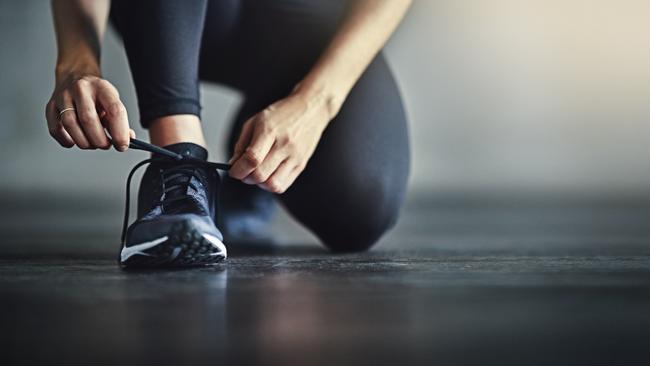
Believe it or not, you need to exercise your feet
Pain is the manifestation of a problem, but where you feel it is rarely an indication of the root cause. In many cases pain in the back and knees starts in the feet.
“I have fixed a huge number of knee issues by prescribing foot exercises”, Pham says. “Feet are the most overlooked factor of good posture, but the 26 bones and over 100 muscles, tendons and ligaments in our feet provide support for the body,” Pham says.
We all need to work our feet muscles daily and Pham suggests a simple barefoot exercise. From a standing position, step forwards with your left foot, bending the left knee slightly inwards to the right. Raise your right heel off the floor to put weight on your left foot, which should be flat on the floor. Turn your body to the right so that you feel pressure on your instep. Hold for a couple of seconds and you will feel a stretch in the fascia, the connective tissue between muscles and ligaments, on the bottom of the feet. Repeat five times on one side before changing to the other foot.

Use a foam roller regularly
Foam rollers allow you to use your body weight to release painful muscle knots and extend range of motion.
“If you can’t see a physical therapist very often, a roller mimics the benefits for your tissues,” Pham says. “Try rolling for 30 seconds on calves, hamstrings, quadriceps and shin muscles, building up to two minutes over time, but never to a point where it is painful.”
Foam rolling your glutes, one side at a time, creates better hip flexibility and allows a greater range of motion, all beneficial for posture.
Sit on the roller with your left glute and with arms on the floor extended behind you and palms flat on the floor. Cross your left leg over your right knee and inch yourself backwards and forwards.
“Whenever you feel tightness”, Pham says, “pause and apply a little more pressure.”
Twist and rotate your hips, spine and shoulders before playing sport
A lot of Pham’s clients present with back pain after playing tennis or golf, and problems are equally common with other sports that involve rotating the upper body.
It is not the activity itself that is to blame, but the time someone spends sitting at a desk, which means they have developed tight hip muscles. Once they try to generate the power needed for a tennis swing, or a simple turn, they put stress on the lower back muscles unless they are well prepared.
“Stretching exercises for the spine, hips and shoulders are essential to increase this rotational mobility and you should do them every day if you play these types of sport regularly,” Pham says.
“It also pays to increase mobility in your feet with ankle circles and raises as this enhances movement up the body through your shoulders, mid-back and hips as you swing."
The Times

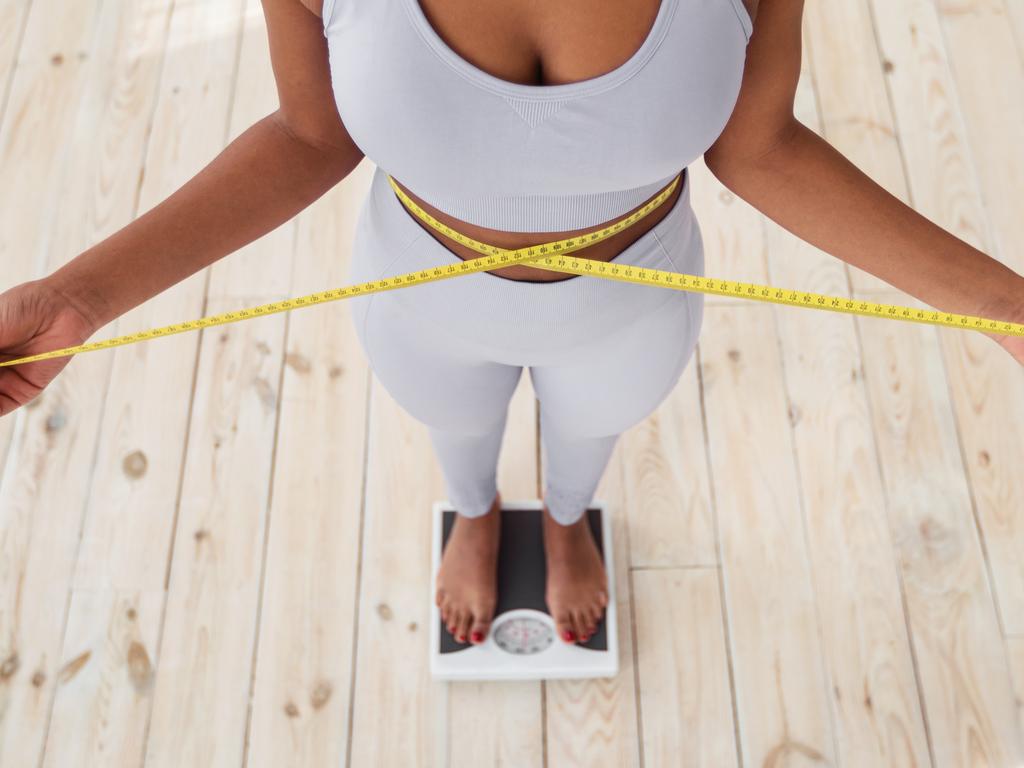
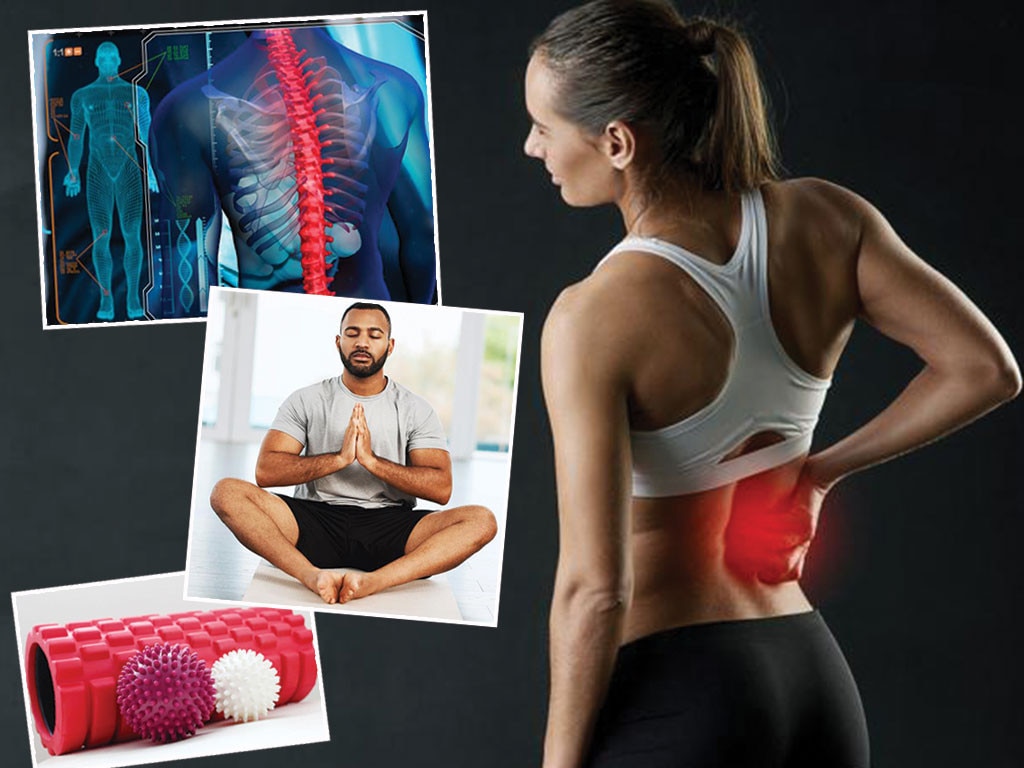
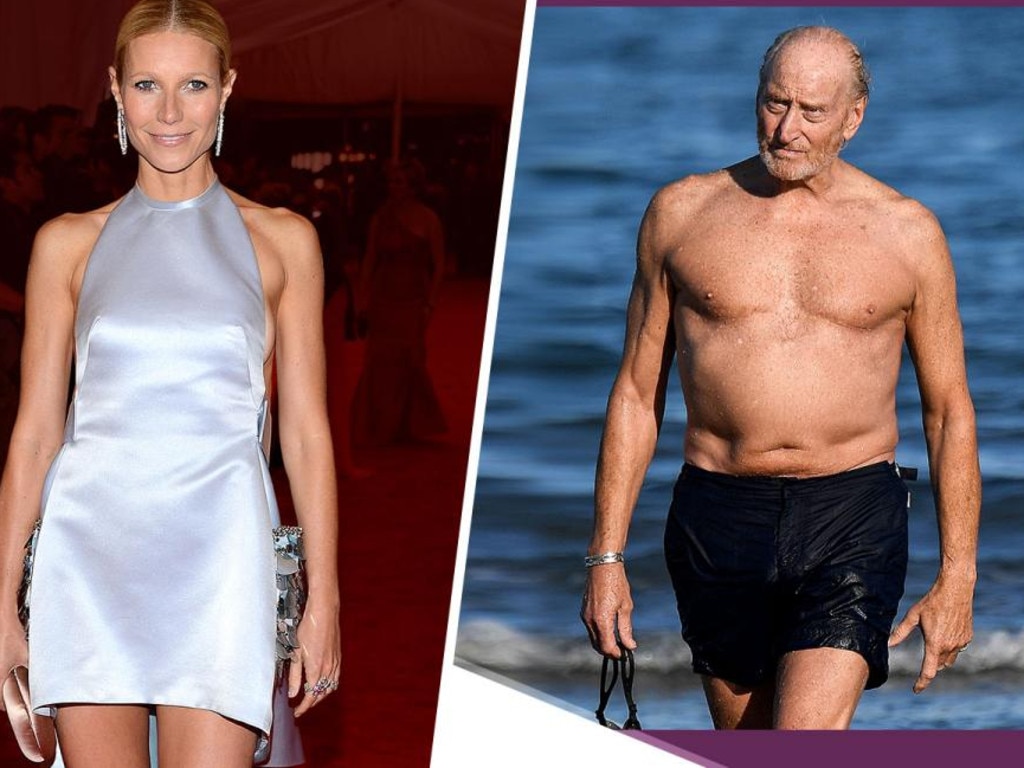



To join the conversation, please log in. Don't have an account? Register
Join the conversation, you are commenting as Logout